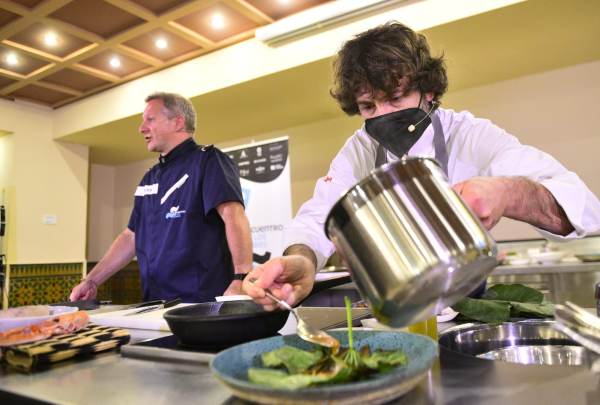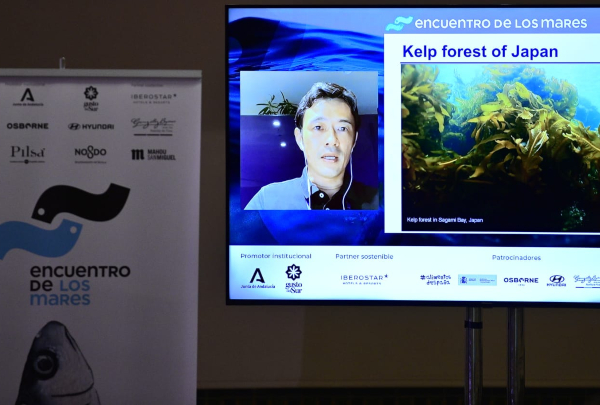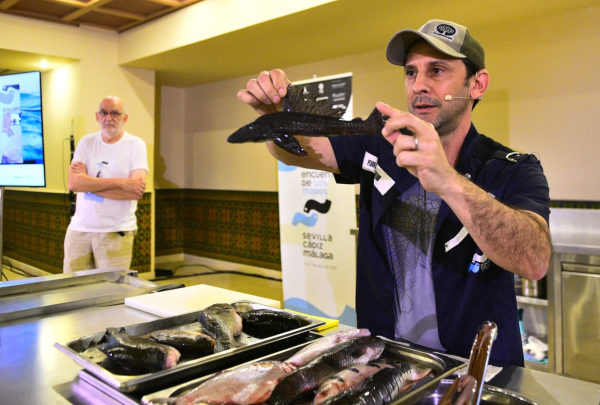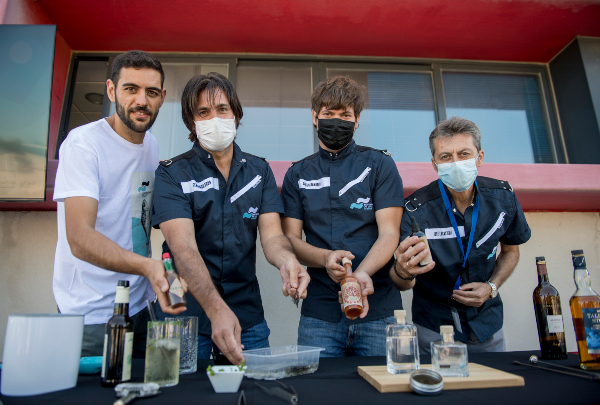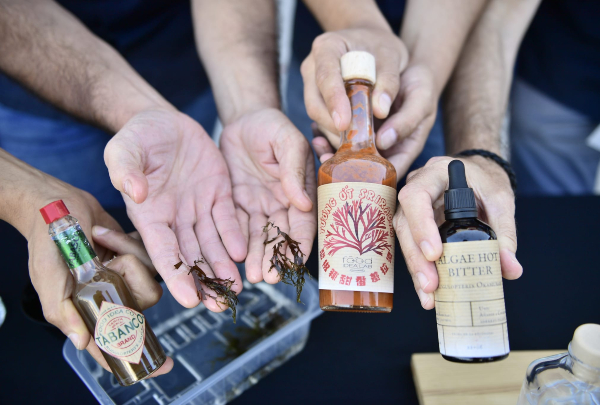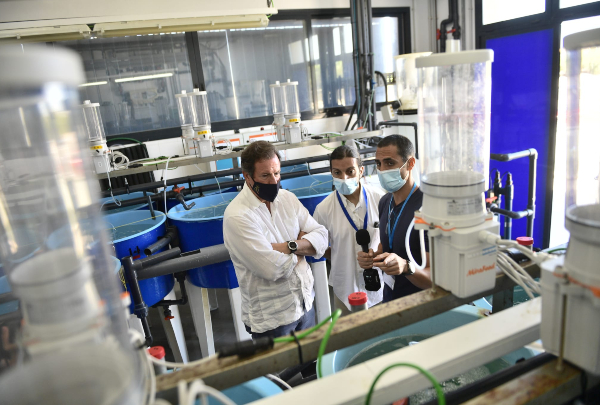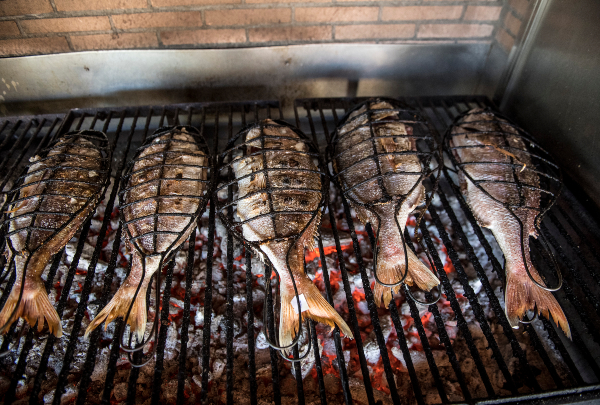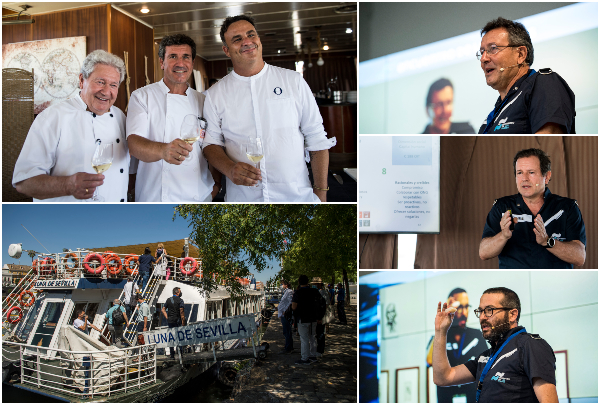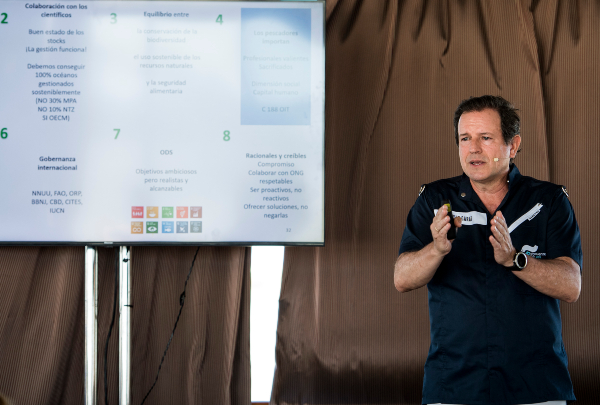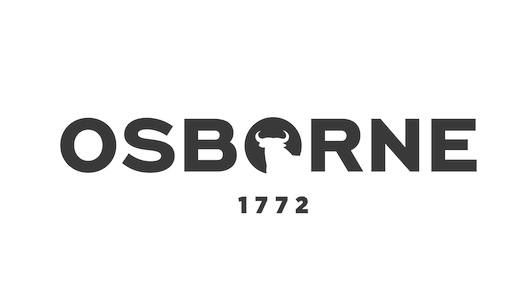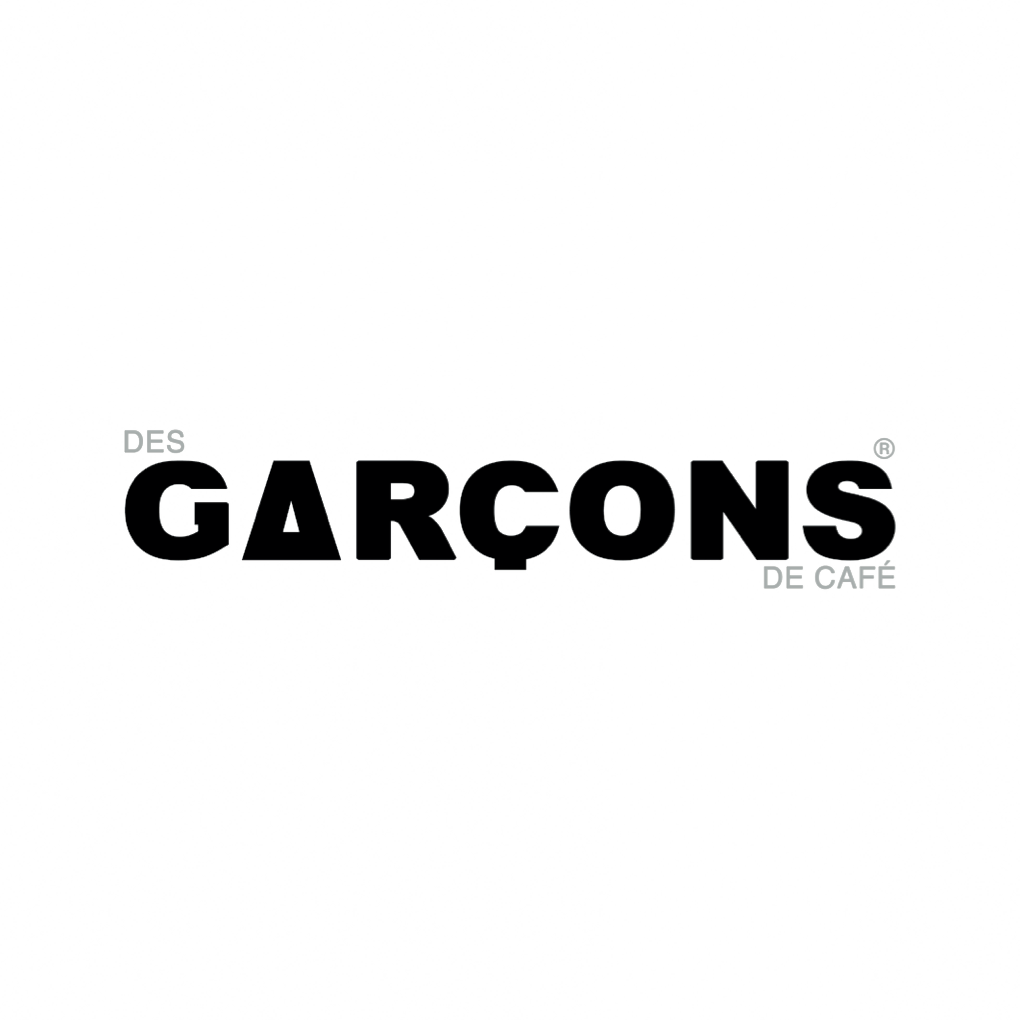Interview
Karen McGlathery: “I’m optimistic. We can reconstruct marine life”
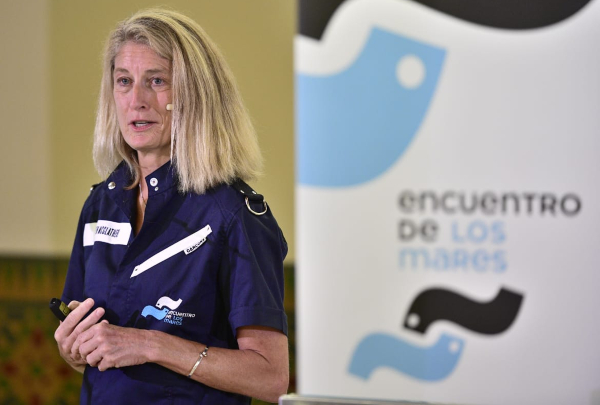
Sowing seagrass meadows may help retrieve these key spaces forming part of marine biodiversity and the blue economy.
Mirroring meadows on land, beneath the sea we also find green spaces which protect various species and act as lungs of the planet. These are known as seagrass meadows. Ecosystems which have now been damaged, because “we’ve lost 20% of the planet’s seagrass meadows in the space of the last one hundred years”. Karen McGlathery, Director of the Environmental Resilience Institute at the University of Virginia (US) and project leader in ecological research in the Virginia Coast Reserve, has spent the last 20 years trying to ensure that this process does not continue. And she is getting there. McGlathery and her team are undertaking the world’s largest seagrass meadow recovery project on Virginia’s Atlantic seaboard in the United States.
The importance of seagrass meadows
These marine meadows are a key component in ocean recovery, for various reasons: “they sequester carbon dioxide from the atmosphere and store it in the sea bed for decades – and even hundreds of years – they improve water quality, they also give biodiversity a boost, and serve as wave dampers, reducing their force and helping to stabilise sediments”. Weighty reasons explained by McGlathery during a talk which touched on the success of the project to restore these spaces on the coast of Virginia.
Virginia experienced a devastating storm during the 1930s, leading to the exodus of the community living on one of the islands close to the US coast. The effects were noticeable not only in social and economic terms (the destruction of a large fishing industry and the disappearance of local communities), but also from the environmental perspective through the destruction of the local seagrass meadows, already weakened by an endemic disease.
The US researcher is in charge of the project to restore the meadows, and the scheme has demonstrated that positive expectations are possible. “I’m optimistic. We can reconstruct marine life”. What leads McGlathery to this statement is the outcome of the seed-planting process she has been undertaking - “with the essential cooperation of volunteers from the local community”- over the last 20 years: “we have now planted 200 hectares with 75 million seeds”. This has improved water quality and reduced the impact of currents, and it is one of the best natural solutions to mitigate climate change, carried out with all due respect for the surroundings, as Karen McGlathery explained: “We don’t touch the sea bed, and we don’t interfere with marine life. All we did was to help Mother Nature along by sowing the seeds, which then dispersed”.
The seeds are collected to ensure they are not eaten by crabs and other animals on the sea bed, and are then taken out to sea and sown. The rest is taken care of by life cycles. The seeds do not float, and they sink down, but 50% of the stalk is air and can float, and so when the new seeds fall, they do so throughout the territory, extending the meadows and creating that green colour visible in the water of many coastal areas. Think about that next time you see that colour from a cliff. Greeting you from under the water are the only marine plants that bloom and produce seeds. Seeds of the future.
.jpg)
